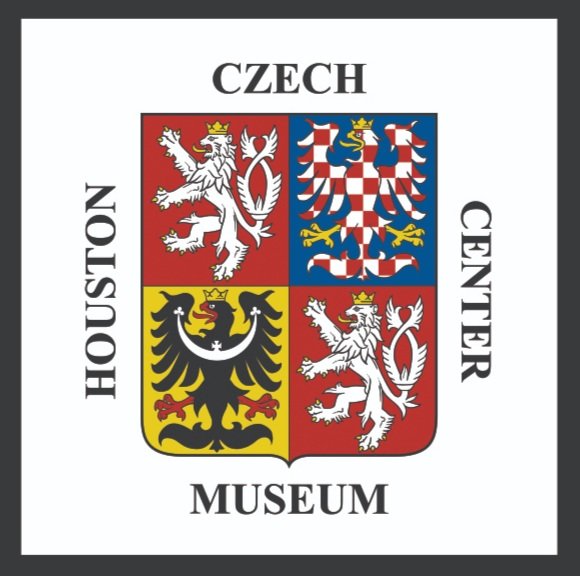The Idea of a National Theatre
The National Theatre of the Czech Republic describes itself as “the embodiment of the will of the Czech nation for a national identity and independence.” This is a very fitting description, as this theatre is unique in the fact that when it began, it was funded with only the public’s money. As part of the Czech National Revival, a cultural movement to bring back the Czech language, history, and culture, a meeting of patriots in 1844 created a public collection of funds specifically going towards building a national theatre as a way to show independence against the enforcement of Germanization by the governing. In 1845, this idea was approved by the Provincial Committee of the Czech Assembly led by František ±Ę˛ą±ô˛ął¦°ěĂ˝ yet did not start collecting funds until 1851. However, once the collection started it couldn’t be stopped, reaching its goal in only one year with people from all economic and social classes donating what they could, allowing the group to purchase a trapezoidal 28 acres of land to begin the build, yet this had its own challenges.
The Construction
Along with the financial hardships, the Provincial Committee of the Czech Assembly had their sights set on a construction site with views looking onto Prague Castle, Old Town, and other iconic landmarks. But this site was on an old salt works, which was heavily contaminated and in an unsuitable condition for a theatre, so they had to pay for the purification of the lot before even starting to think about the actual construction of the venue.
The next step was to choose an architect for the theatre yet the group wasn’t sure how to go about finding the perfect Czech designer for a Czech theatre, so they held three competitions to find the designer most appropriate for the task – one came out on top: Josef Zitek, a Czech 33-year-old professor of Civil Engineering at the Prague Technical College. His design stood out among the crowd for being strikingly modern at the time, exceedingly innovative for an oddly shaped piece of land, and an exciting technical challenge for performers at the theatre to reach all 2,500 seats. In short, it was ideologically perfect, with Zitek grasping the all-important purpose of the monument and movement.
National Theatre
The Fire
On June 11, 1881, the theatre was finally complete and ready for the elite to appreciate and honor the opening with a visit from Crown Prince Rudolf of Austria. Nothing about the actual building process was easy though; the actors complained the backstage space was too small, the working class complained that they weren’t allowed in though they had donated money, Zitek wasn’t able to do everything he wanted, etc.
After only eleven performances, tragedy struck. August 12, 1881 – a fire broke out, destroying the copper dome, auditorium, and stage of the theatre. Similar to the 2019 fire at Notre Dame, this was declared a national disaster and within 47 days, a million gulden had been collected for repairs. For the reconstruction, Zitek was out of commission and his pupil, Josef Schultz took over the repairs. He created an expansion that included a block of flats behind the theatre, made the auditorium visibility better, and combined three buildings by three different architects to create one harmonious building that was still in Zitek’s original style.
The newly reconstructed national theatre was inaugurated on November 18, 1883, with a performance of Smetana’s festive opera ł˘ľ±˛úłÜš±đ, specially composed for this occasion. It was technically advanced and didn’t have or need any major modifications for about one hundred years! The theatre closed its doors again in 1977 for some redevelopment. This small six-year reconstruction included modernizing aspects of the theatre including a main box office and was finished just in time for the 100th anniversary of the theatre, which of course reopened with its first performance of ł˘ľ±˛úłÜš±đ.
The Czech Republic National Theatre serves as a reminder of the strength, persistence, and culture of its people and their history. It is remembered and held as a national symbol of the Czech Renaissance, its importance in the arts, and the unification of the people towards one goal, regardless of other factors. This theatre has had a long and fascinating history that continues today.
Written by Victoria Allen
Falvey, Christian. "The National Theatre - the 'golden chapel' of Czech Culture." Radio Prague International, 27 Jan. 2010, .
"National Theatre (Prague)." Wikipedia, The Free Encyclopedia, Wikimedia Foundation, 22 May 2024, .
"The National Theatre - History." National Theatre, .
Zahradnikova, Valeriia, and Vaclav Zahradnik. "National Theatre - History and Dress Code." Tours Prague, .




